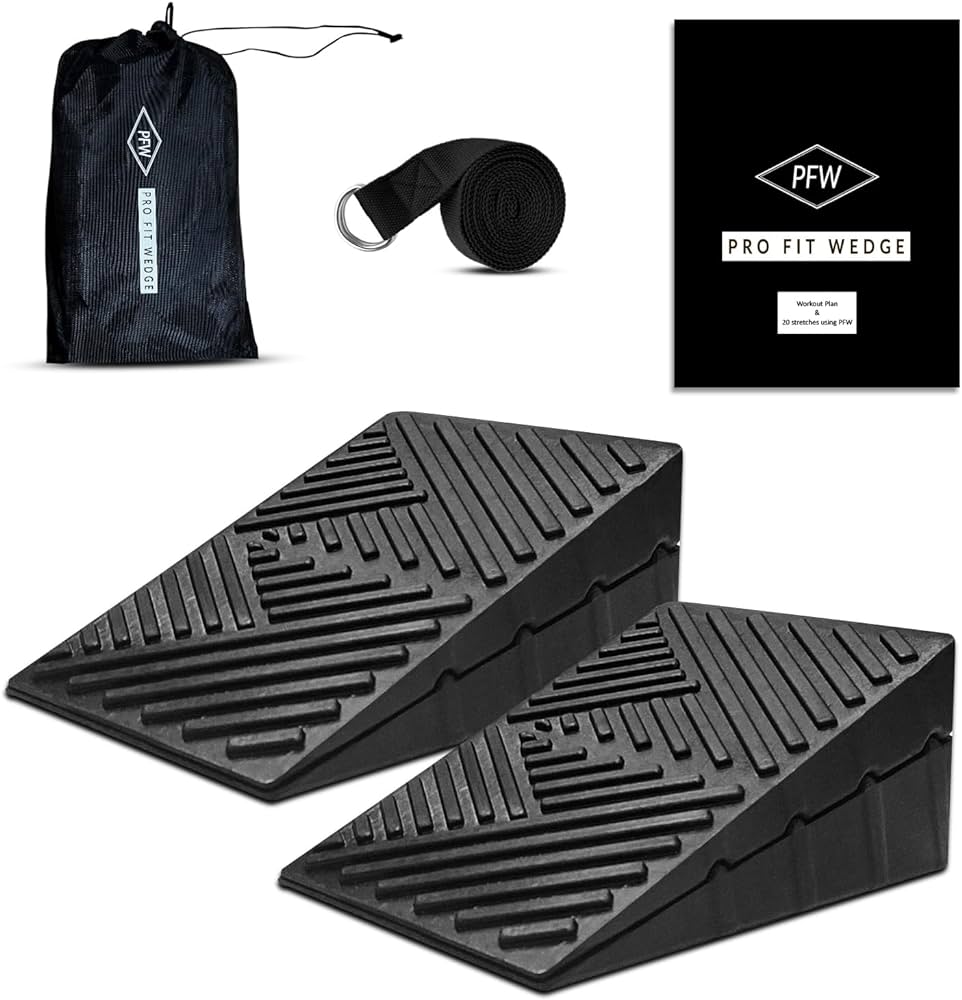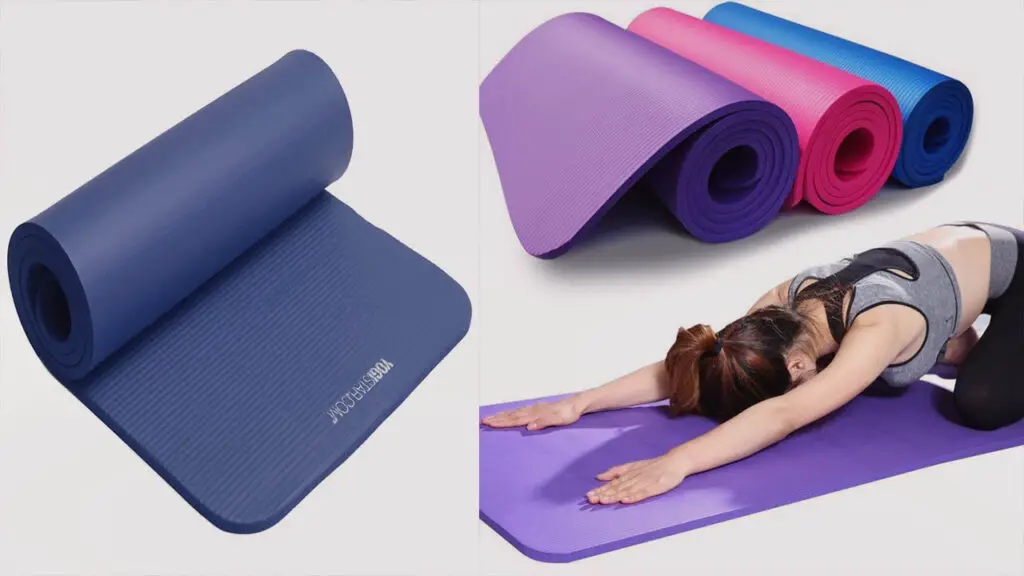A heel should fit snugly without slipping, rubbing, or causing discomfort. It should provide stability and support while allowing natural movement.
When choosing the right heel fit, consider the size, width, and shape of your foot to ensure proper support and balance. A well-fitting heel can prevent blisters, calluses, and other foot issues, allowing for a more comfortable and enjoyable wearing experience.
Proper fit is essential for both the health of your feet and the overall comfort of the shoe.
Health And Comfort Implications
When it comes to the fit of a heel, health and comfort implications play a crucial role in determining the overall well-being of your feet and body. The way a heel fits can have a significant impact on posture, the prevention of blisters and calluses, and minimizing the risk of injuries. Understanding these implications is essential for choosing footwear that not only looks stylish but also prioritizes your health and comfort.
Impact On Posture
The fit of a heel directly affects your posture. Ill-fitting heels can cause alignment issues, leading to poor posture and discomfort. When the heels are too loose, it can result in instability and an increased risk of ankle sprains. Conversely, tight-fitting heels force the foot into an unnatural position, leading to discomfort and contributing to poor posture. Properly fitting heels can support the natural alignment of the body, promoting better posture and reducing the risk of strain or injury.
Prevention Of Blisters And Calluses
A well-fitting heel helps in preventing the formation of blisters and calluses. When the shoe is too loose, it can cause friction, resulting in blisters. Conversely, tight-fitting heels can create pressure points that lead to calluses. The right fit ensures that the shoes maintain a comfortable and secure grip on the foot, reducing the risk of painful blisters and calluses.
Minimizing Risk Of Injuries
Wearing heels that fit properly plays a critical role in reducing the risk of foot and ankle injuries. An ill-fitting heel can destabilize the foot, leading to tripping, falling, or twisting the ankle. On the other hand, well-fitted heels provide stability and support, minimizing the risk of injuries during walking or standing for extended periods.
Size And Shape Of Heel
The size and shape of the heel play a crucial role in determining how well a shoe fits. When it comes to the heel, ensuring the right size and shape is essential for comfort and proper support. Understanding the sizing guidelines, arch support, and width are all important factors to consider when it comes to getting the perfect fit for your heels.
Sizing Guidelines
When selecting heels, it’s vital to focus on the right size. Ill-fitting heels can cause discomfort and pain, leading to potential foot problems. Always measure your foot size accurately before choosing a heel. Ensure that there is enough space around the heel area, without your foot slipping out when walking.
Understanding The Arch
Consider the arch of your foot when selecting heels. Different shoe styles cater to various arch types – high, medium, and low. Look for heels that provide adequate arch support to prevent strain on your feet.
Considering The Width
When it comes to the shape of the heel, consider the width of your foot. Pay attention to how the shoe snugly fits around the ball of your foot and the heel. The ideal fit should feel secure without any pinching or sliding.
Selection Of Appropriate Footwear
When it comes to selecting appropriate footwear, it’s crucial to consider various factors to ensure that the heels fit perfectly, providing both comfort and support. From exploring different shoe types and styles to evaluating material considerations and supportive features, finding the right fit is essential for preventing discomfort and potential foot problems.
Shoe Types And Styles
Shoe types and styles play a significant role in determining the fit and comfort of heels. Whether it’s pumps, sandals, or boots, each style comes with a different design that can impact the fit. Additionally, considering factors such as open-toe versus closed-toe designs and strappy versus enclosed options can also affect the way the shoe fits the foot.
Material Considerations
Material considerations are crucial when evaluating the fit of heels. Different materials such as leather, synthetic, or suede can provide varying degrees of flexibility, breathability, and durability. Paying attention to the quality of the materials used in the construction of the shoe can directly impact the fit and comfort level.
Supportive Features And Adjustability
Assessing the supportive features and adjustability of heels is vital for ensuring a proper fit. Look for shoes with cushioned insoles, arch support, and adjustable straps or closures to customize the fit according to your foot’s unique characteristics. These features not only contribute to comfort but also help in maintaining the correct fit throughout the day.
Physical Assessment
Physical assessment is crucial in determining the fit of a heel. It involves various aspects such as sizing accuracy, comfort testing, and movement and stability checks. Each of these elements plays a significant role in ensuring the perfect fit and overall comfort for the wearer.
Sizing Accuracy
One of the initial steps in the physical assessment of a heel’s fit is to check the sizing accuracy. This involves ensuring that the heel adheres to standard sizing measurements, with appropriately sized length, width, and heel height. A proper fit ensures comfort and stability for the wearer, preventing issues such as blisters, discomfort, or imbalance.
Comfort Testing
- Comfort testing is essential to assess how well the heel conforms to the wearer’s foot.
- It includes checking for any pressure points, rubbing, or discomfort that may arise during wear.
- Additionally, evaluating the arch support and cushioning can determine the overall comfort level provided by the heel.
Movement And Stability Check
- Ensuring proper movement and stability is essential for a well-fitting heel.
- Checking for slippage or instability while walking can indicate an improper fit.
- Moreover, assessing the flexibility of the sole and the support offered by the heel aids in determining its suitability for prolonged wear.
Insoles And Cushioning
When it comes to ensuring a proper fit for your heels, insoles and cushioning play a crucial role. These components are essential for providing support, comfort, and stability, helping to prevent issues such as foot fatigue and pain. Let’s take a closer look at how insoles and cushioning can enhance the fit of your heels.
Lacing And Buckling Techniques
Proper lacing and buckling techniques are vital for achieving the right fit for your heels. Adjusting the laces and buckles can help secure your feet in place and prevent slippage, ultimately enhancing the overall fit and comfort. Be sure to regularly check and adjust the lacing and buckling to maintain the ideal fit.
Maintenance Practices
Effective maintenance practices can prolong the lifespan of your heels and ensure a consistent fit. This includes keeping the insoles clean, replacing worn-out cushioning, and regularly inspecting for any signs of wear and tear. By taking proactive measures, you can maintain the optimal fit of your heels over time.
Seeking Professional Assistance
If you encounter persistent fit issues with your heels, seeking professional assistance is recommended. A knowledgeable shoe specialist can provide valuable insights and recommendations tailored to your specific foot shape and fit requirements. Professional assessments and adjustments can help address any fit-related concerns effectively.

Credit: www.hydrorevolution.com
Frequently Asked Questions Of How Is A Heel Supposed To Fit
What Are The Signs Of A Properly Fitting Heel?
A properly fitting heel should have no slipping or sliding, with the heel snug but not overly tight. The toes should have space to wiggle, and the arch should be supported without pinching.
Why Is It Important For A Heel To Fit Correctly?
Proper heel fit is crucial to prevent discomfort, blisters, and potential foot problems. It also ensures stability and balance, reducing the risk of accidents and discomfort during prolonged wear.
Can Heel Fit Affect Overall Foot Health?
Yes, incorrect heel fit can lead to issues like blisters, calluses, and foot pain. Over time, it may contribute to more serious concerns such as bunions, corns, and even posture-related problems. It’s essential to prioritize correct heel fit for overall foot health.
How Does Foot Type Impact Heel Fit?
Different foot types require different heel fits. For instance, individuals with high arches may need extra cushioning, while those with flat feet may require added arch support. Understanding your foot type is essential for finding the right heel fit.
Conclusion
Ensuring a proper fit for your heels is essential for comfort and support. With the right fit, you can prevent foot pain and discomfort while also enhancing your overall look. By following the tips provided in this blog post, you can find the perfect fit for your heels and enjoy your footwear without any worries.



